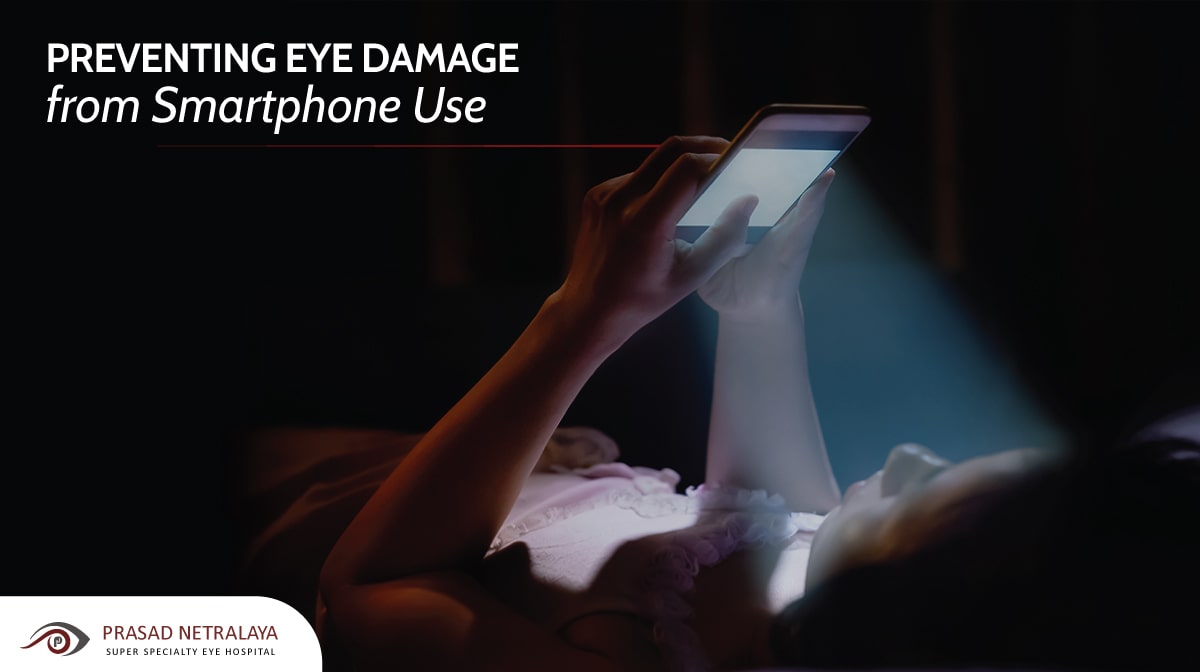The retina is a thin layer of tissue lining the back of the eye. Its function is to receive light that the lens of the eye has focused on, convert it into neural signals, and send them to the brain for visual recognition. The several layers of the retina have interconnected neurons for the same. When the retina pulls away…






